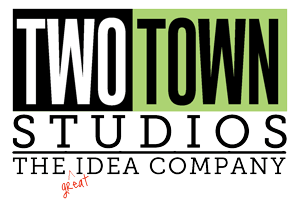And the Big Box goes empty
That’s what happens to my Cheez Its all the time.
Interesting juxtaposition of several articles today – all of which arrived in my Inbox within a few hour period. The first was an analysis of the Amazon announcement that their sales of E-books have now surpassed those of print books by about 5 percent. That only took 4 years to happen vs the 500 some odd years (ok, 572) that have passed since Gutenburg launched the idea of movable type. Hand in hand with that, they have also announced that the Kindle reader is their all time best selling product – previously it had been the final Harry Potter book…kind of ironic…
Next was an article about Staples shrinking the size of their stores, followed closely by an article about Best Buy – you guessed it – shrinking their stores. Both are pointing at the shift to online sales as the driver for their plans. A Dartmouth biz professor is quoted in one article calling big-box stores “a pre-internet model”, and another source refers to them as “Amazon’s best showrooms” since people often decide what to buy in the store, then go home and order it online from another (cheaper) supplier.
It was just not that long ago that “big box” had become the Holy Grail for those of us interested in selling product. Then they learned how to buy merchandise and in doing so rewrote the models of production and supply, drove the margins ridiculously low and soon the royalties from a big box placement were no longer guaranteed to be breathtaking. Quite the opposite. Now it seems that big box is on the decline, supplanted by online sales and also in part by the surge of small stores stocked with high turnover items (think Dollar, Walgreens, CVS). Where does it go from here? Obviously some products don’t translate well to online – people need to see and touch them, or they are last minute purchases, perishable, inexpensive and so on – but many do and that will move the licensing targets (pun intended) once again.
Haven’t given any thought to what effect this shift will have on where you focus your licensing efforts? Hmmm…

